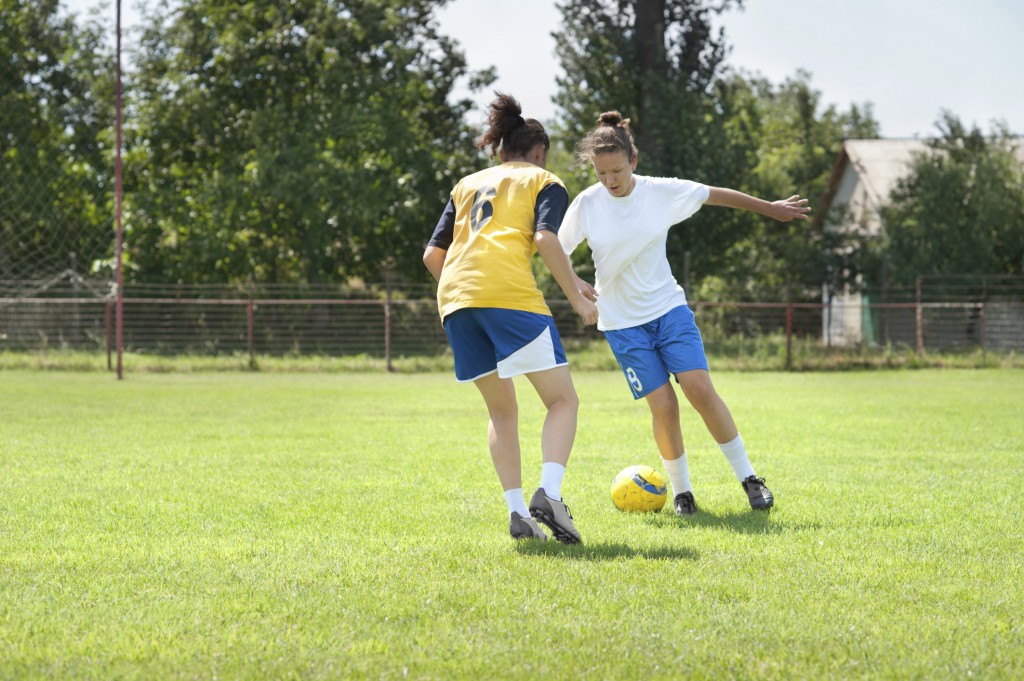Common female footballing injuries
Football is, without doubt, the most popular sport in the world and the women’s game is rapidly increasing in popularity. The latest women’s World Cup tournament in Canada saw the highest viewing figures in history and the England Ladies team are now officially the second most successful England football team in history after their 3rd place finish.
With the popularity of women’s football on the increase it is likely that more girls will now consider taking up the sport. It is important to understand the common injuries associated with football, what sort of treatment is required, such as physiotherapy, especially for women. As men and women are biologically different, there is a difference in the most common injuries seen between the sexes.
Knee injuries
One of the most common female footballing injuries is an injury to the anterior cruciate ligament (ACL) in the knee. This injury can be extremely serious and put a player out of the game for some time while they recover. There are two main causes for an ACL ligament and they are landing from a jump with a straighter knee and turning and cutting with the knee falling inwards. Female footballers are more prone to this injury than male athletes due to the fact that women have typically wider hips than men. This means that there is a greater angle into the knee meaning that women are between 2 and 6 times more likely to suffer an ACL injury than men. An ACL injury will require plenty or physiotherapy to help to heal the injury.
Sprains and strains
Most of the injuries sustained by female footballers are located in the lower extremities of the body. Strains and sprains of the leg muscles and ankle joints are a common injury in the sport of football and women may be more prone to these injuries due to the fact that muscles which help the knee and ankle from turning when landing, such as the gluteus medius, are often underdeveloped in female athletes.
Concussion
Studies in America found that concussions were also common injuries found amongst female football players. This is true for the sport at senior level as well as high school level with heading the ball being the 6th most common activity at the time of injury. There are conflicting studies as to the effect of repeatedly heading the ball but the amount of concussions reported in the women’s game could be due to falling when landing or heads colliding.
Knowing how to avoid injury is obviously part of a female footballers training, but if the worst happens, getting the right treatment from the beginning can mean less time out of the game.

